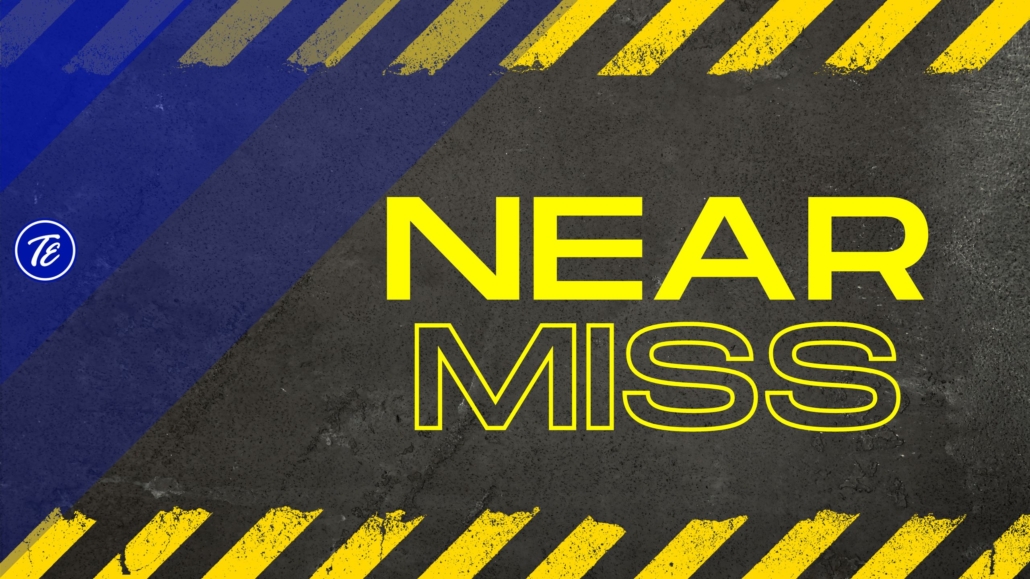Near accident: identification and management
A near miss is an important warning signal not to be ignored. Proper management of near accidents is crucial for health and safety in the workplace.

Identification of the near miss
A missed accident can be defined as an accident that has not caused damage. To identify missed accidents or injuries, companies must implement an accurate and continuous monitoring system. This can include using incident reports, assessing the causes and risk factors that could lead to an accident, as well as analysing trends over time. It is important to involve all workers in the identification of missed accidents.
It is also useful to analyse the frequency of accidents. This indicator measures the number of accidents for a given number of hours worked or for a given period of time. A low frequency rate may indicate good management of safety at work, but it could also hide problems of under-reporting of accidents by workers. Therefore, it is important to analyze the data critically, taking into account all the factors that can affect the accuracy of the results. Identifying missed accidents is an important step in the effective management of occupational safety. Once identified, it is important to analyse the root causes and take measures to prevent future accidents.
Analysis of causes and risk factors
There are several categories of causes that can contribute to an accident at work. The immediate causes are directly related to the accident itself, such as human error or unsafe working conditions. The underlying causes, however, are deeper and rooted in the security management system. These may include organisational problems, such as lack of adequate training, ineffective communication or lack of oversight.
In addition to the causes, it is also important to consider risk factors that can contribute to occupational accidents. Risk factors are the conditions or situations that increase the likelihood of an accident occurring. They can be divided into two main categories: physical factors and psychosocial factors.
Physical factors include the use of dangerous machinery, the lack of adequate safety devices or incorrect posture during work. Psychosocial factors, on the other hand, concern relational and psychological aspects of work, such as excessive workload, lack of social support or lack of control over one’s work.
To carry out an accurate analysis of the causes and factors of risk, it is necessary to collect detailed data on accidents, examine operating procedures and interview workers. This information is essential to identify the main causes of accidents and develop effective interventions to prevent them.
Strategies for the prevention of near misses
The training of workers and the role of internal communication are fundamental elements for the management of accident avoidance within organizations. Training covers both accident prevention and management, providing employees with the necessary skills to avoid risky situations and to take appropriate action in the event of accidents. This training may include safety training, the correct use of instruments and equipment, as well as evacuation and first aid procedures.
Internal communication plays a key role in ensuring that all employees are aware of company security policies and any changes or updates. Internal communication must be clear, timely and accessible to all employees, using different channels such as group meetings, newsletters or corporate intranets. In this way, the dissemination of relevant information is encouraged and a climate of awareness and responsibility among employees is stimulated.
Training and communication shall be integrated into an accident management system that also includes the collection and analysis of accident data and related corrective actions. This makes it possible to identify the causes of accidents and to take preventive measures to avoid similar situations in the future.
Monitoring, evaluation and adaptation of preventive measures
Through monitoring it is possible to identify any shortcomings in the preventive measures taken, in order to be able to take timely action to correct the situation. Monitoring can be carried out in various ways, including the analysis of data on accidents and incidents at work, the analysis of warnings or near-accidents, and direct observation of working conditions.
Once monitoring has been carried out, it is necessary to assess the preventive measures taken. The evaluation can be carried out through the analysis of the data collected during the monitoring and by comparing these data with the set objectives. The objective of the evaluation is to identify any critical issues or areas for improvement.
Subsequently, on the basis of the results of the evaluation, the preventive measures are adjusted. This can be done by modifying or implementing new preventive measures in order to minimise the risks to the health and safety of workers.
Monitoring, evaluation and adaptation of preventive measures are a continuous and dynamic process. Working conditions can change over time, as can the associated risks. Therefore, it is crucial that the organization is able to adapt and modify preventive measures according to new needs. In conclusion, monitoring, evaluation and adaptation of preventive measures are essential tools for ensuring safety at work. Through constant monitoring, accurate assessment and timely adaptation of preventive measures, a safe and efficient working environment can be created, minimising the risk of accidents and injuries.


